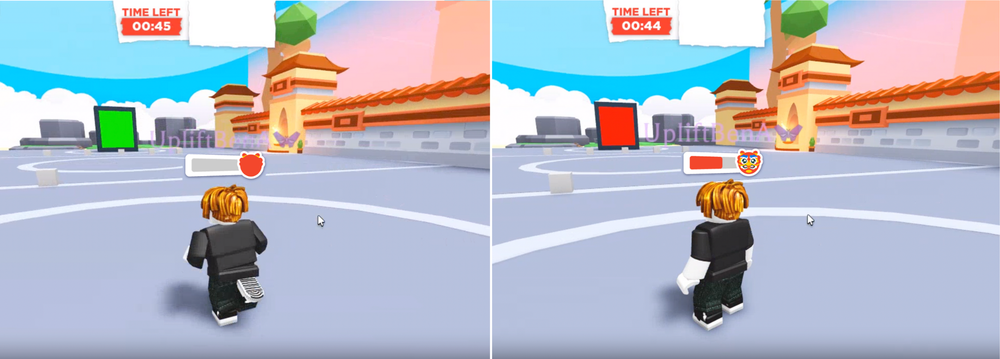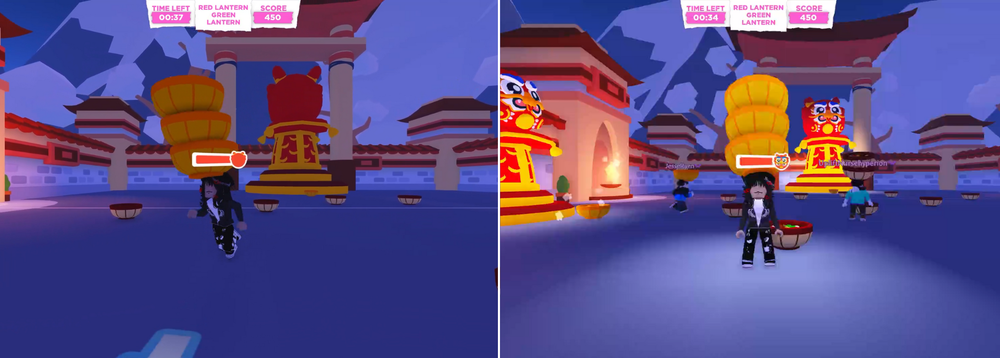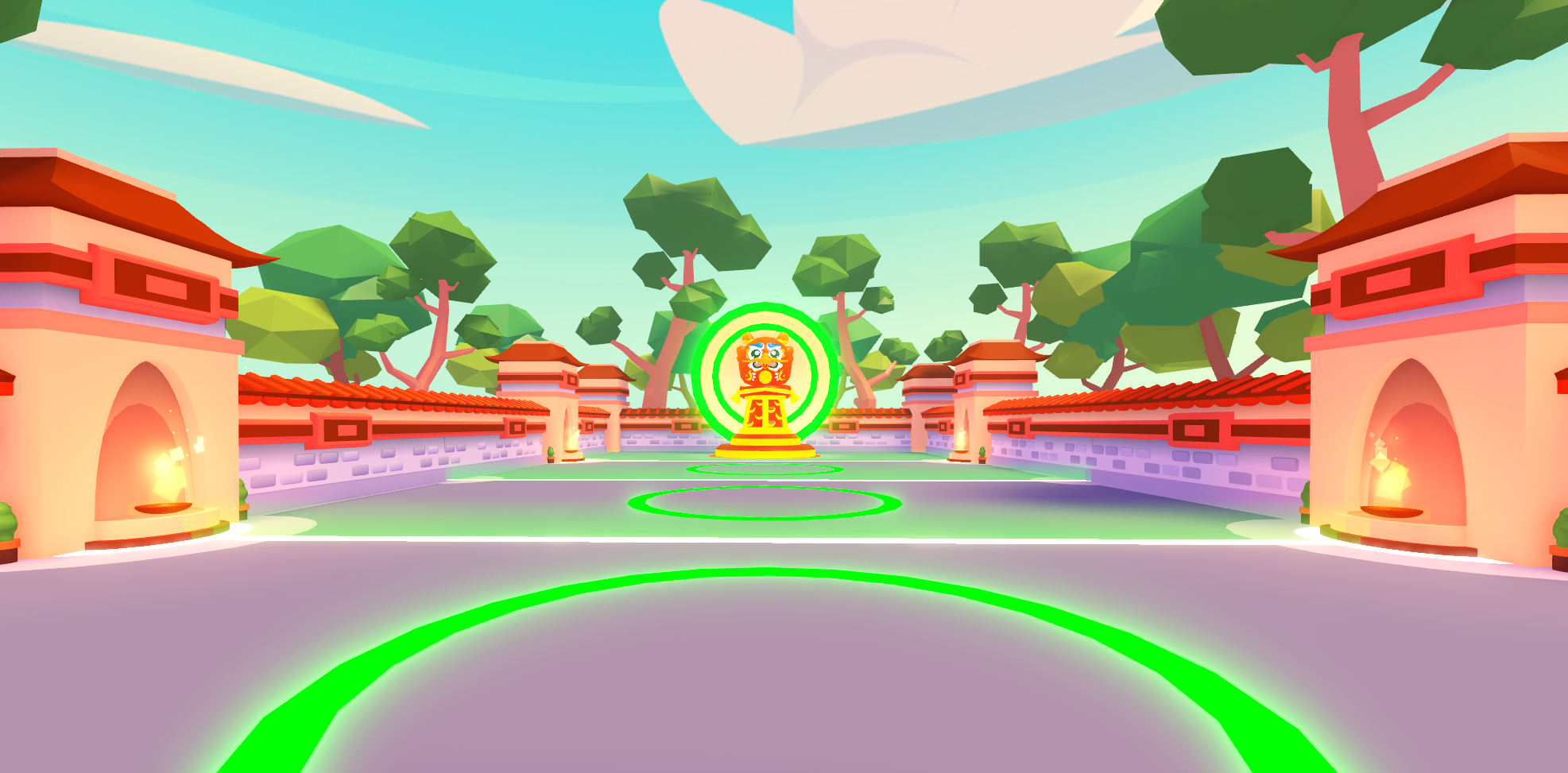This year's Lunar New Year event in Adopt Me included a minigame based on a popular Korean playground game! I sat with our Associate Gameplay Engineer, Ben, to talk about the development process.
Adopt Me has multiple events with new minigames during the year! What does the development process for a new minigame look like?
Many different hands touch a minigame during the development process. The process usually starts with a designer developing an initial concept for a game and pitching it to the rest of the team. Once the team has agreed on an idea, art, sound, and engineering work begins. In the last stage, the QA team takes over to look for bugs or other errors in the game. Finally, once the minigame has been approved by the team, it’s ready to be released on update day!
What are the first steps for implementing a new minigame?
If it’s a brand new minigame, then the first phase is prototyping. The goal is to get the minigame working in its simplest form, without final art. Prototyping is an effective way to figure out what’s fun and what isn’t so we can quickly iterate on the initial design.

The giant statues that appear in Red Lantern Green Lantern started out as a simple coloured box!
What does the testing and iteration process look like?
Playing the minigame constantly at all stages of development. A large part of iteration is just feeling things out. Do these collectibles feel too far apart? Was the respawn time slightly too long? Are these sound effects too quiet? These are the kinds of questions I frequently ask myself while iterating and testing a minigame. We also run regular internal playtests with the whole company, to ensure that the game is getting feedback from many different sources, and not just the engineer that’s implementing the game.
What are some of the challenges you faced for this particular game?
The biggest challenge I faced was making sure players understood how to play the game. Some players may not be strong readers, may play with sound muted, or may not be familiar with the concept of Red Lantern Green Lantern at all, and ideally, we accommodate all of these players. We overcame this by providing players with many different kinds of feedback to cover as many bases as possible. Examples include: Shining a spotlight over the player’s head (visual feedback), pausing the background music and playing a harsh sound effect (audio feedback), a UI meter that decreases while the player moves (visual feedback), and displaying text at the start of the minigame, and whenever you’re caught (tutorialization).

The details were key in this minigame! The UI, Lighting and Audio all played an important role in communicating to players!
What's your favorite part of the whole process?
I really enjoy the final polishing phase of development. After spending so long looking at temporary assets, it's always satisfying to put finalized art and sound into the minigame. I also get a lot of satisfaction from fine-tuning and tweaking to get the game feeling just right.
How long was the process from initial implementation, to final version?
I don’t remember the exact time frame, but I started working on the minigame in early January and finished two weeks before the Lunar New Year event began. In totality, the whole development process took about a month. This can vary depending on the complexity of the minigame that we are adding!

The rotating statues that tower over the arena were the main asset for this minigame.
Any final thoughts about how it went?
I’m very happy with how it turned out! I think the sound design is the star of the show for this minigame. The idea to have a music track that evolves as the game progresses, and stops altogether when the statues turn to face you, came from our musician, Mark, and it really accentuates the feeling of tension. I’m also happy with how the game plays overall. The design evolved heavily throughout development and I’m so pleased with the end result. I hope our players enjoyed playing it as much as I enjoyed developing it!

